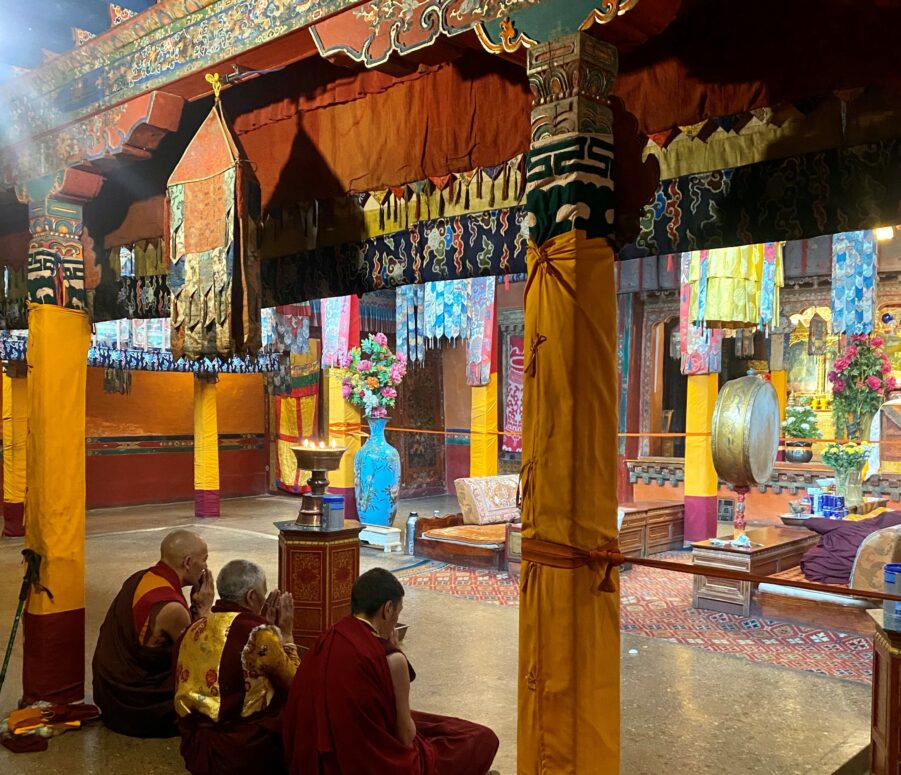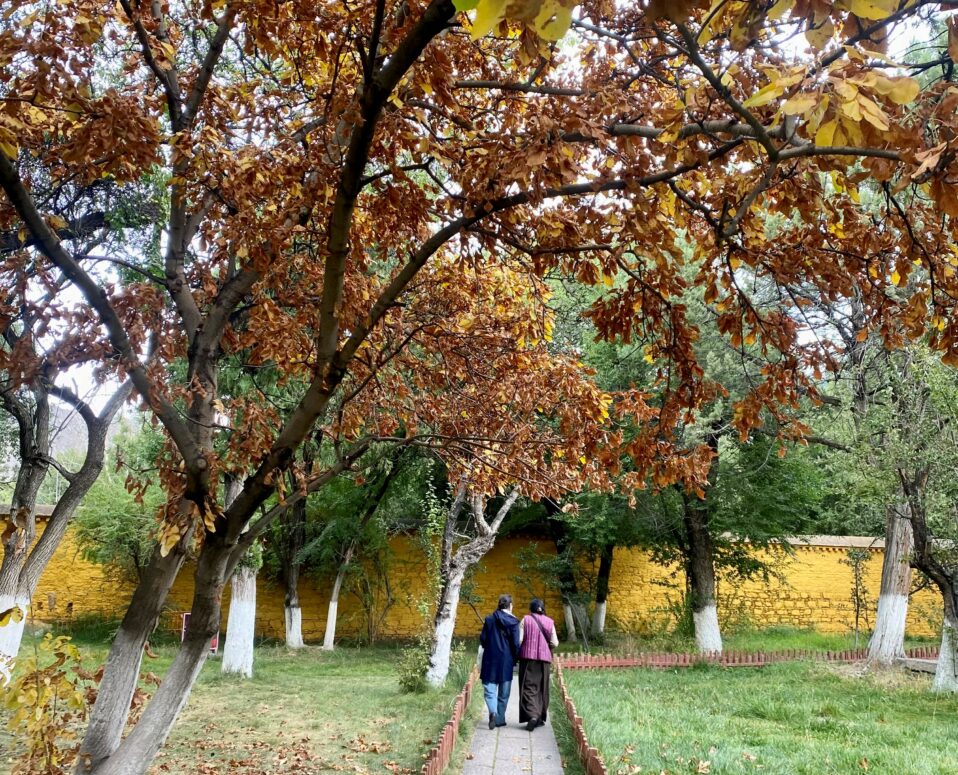Nestled in Lhasa, Tibet, China the Norbulingka—meaning “Treasure Garden” in Tibetan—stands as a symbol of both cultural preservation and the evolving harmony between Tibetan traditions and Chinese governance. Initially built in the 18th century as a summer palace for the Dalai Lamas, this UNESCO World Heritage site is renowned not only for its architectural beauty but also for its vibrant gardens, murals, and ancient Buddhist artifacts.
Norbulingka reflects the essence of Tibetan culture, blending art, religion, and nature. Its elaborate murals and ceremonial spaces convey stories central to Tibetan Buddhism, while the lush gardens offer a tranquil space for both religious practice and leisure. Over the years, the estate has served not just as a retreat but also as a space for festivals, including the annual Shoton (Yogurt) Festival, which draws visitors for its lively opera performances and celebration of Tibetan life.

In recent years, the Chinese government has played an active role in maintaining and restoring Norbulingka, allocating significant resources to protect this cultural treasure. Renovation efforts have focused on using traditional techniques, such as the ancient practice of waterproofing roofs with “aga clay,” ensuring authenticity while combating the wear of time and climate. Craftspeople and local artisans from across Tibet have been integral to these projects, helping not only to preserve traditional methods but also to pass down skills to younger generations. The gilding of the palace’s roofs, which requires precision craftsmanship and extensive use of gold, exemplifies the care and reverence given to the site.
These conservation efforts illustrate a broader goal of safeguarding Tibetan heritage while fostering national unity. With projects overseen by experienced cultural relics experts, including Tibetan supervisors, the Chinese government has emphasized the importance of cultural continuity. Special funds have been allocated to ensure the long-term preservation of not just the palace structure but also the regional customs embedded within it.
Norbulingka stands today as a testament to the enduring spirit of Tibetan culture, attracting visitors worldwide who come to experience its serene atmosphere and historical significance. The ongoing collaboration between local craftsmen and the Chinese authorities reflects a shared commitment to preserving this unique cultural identity for future generations.

Written by: Maryam Razzaq









